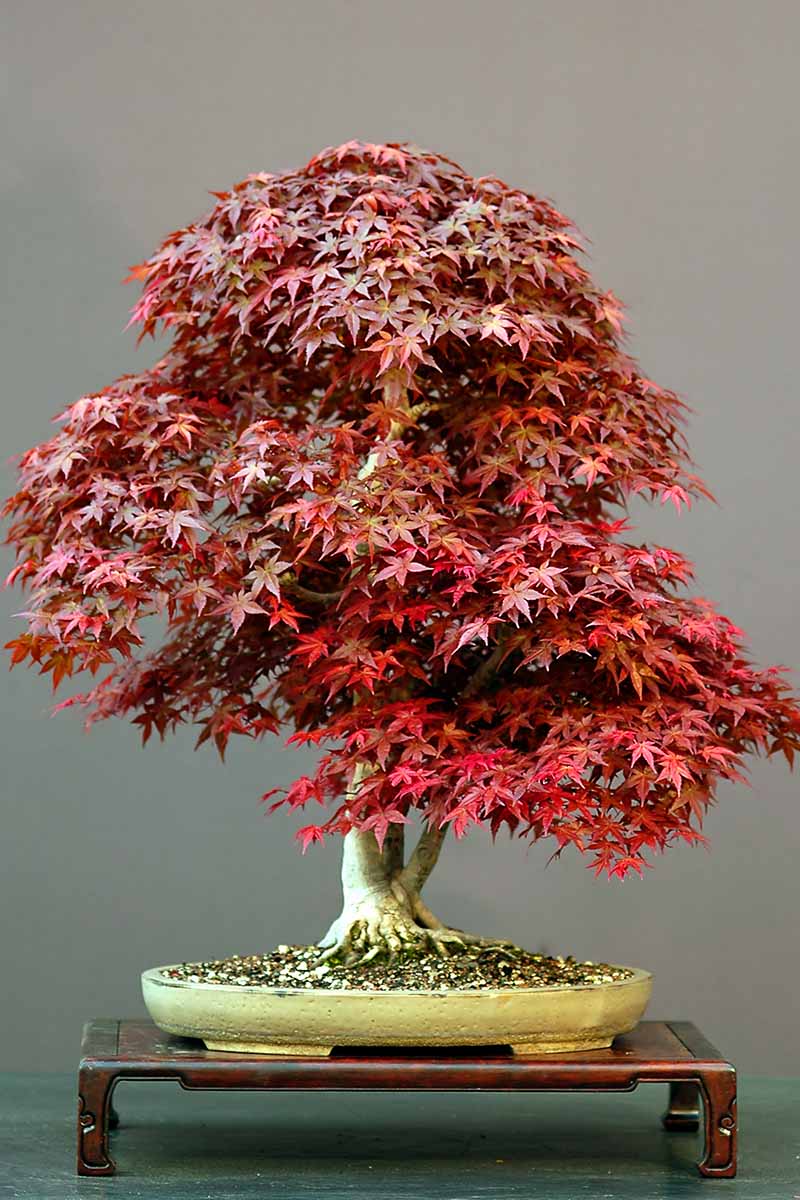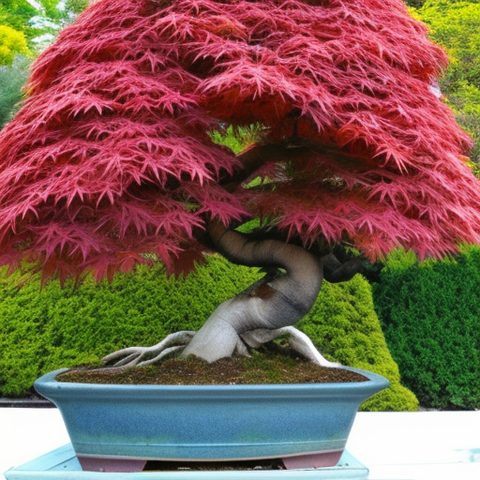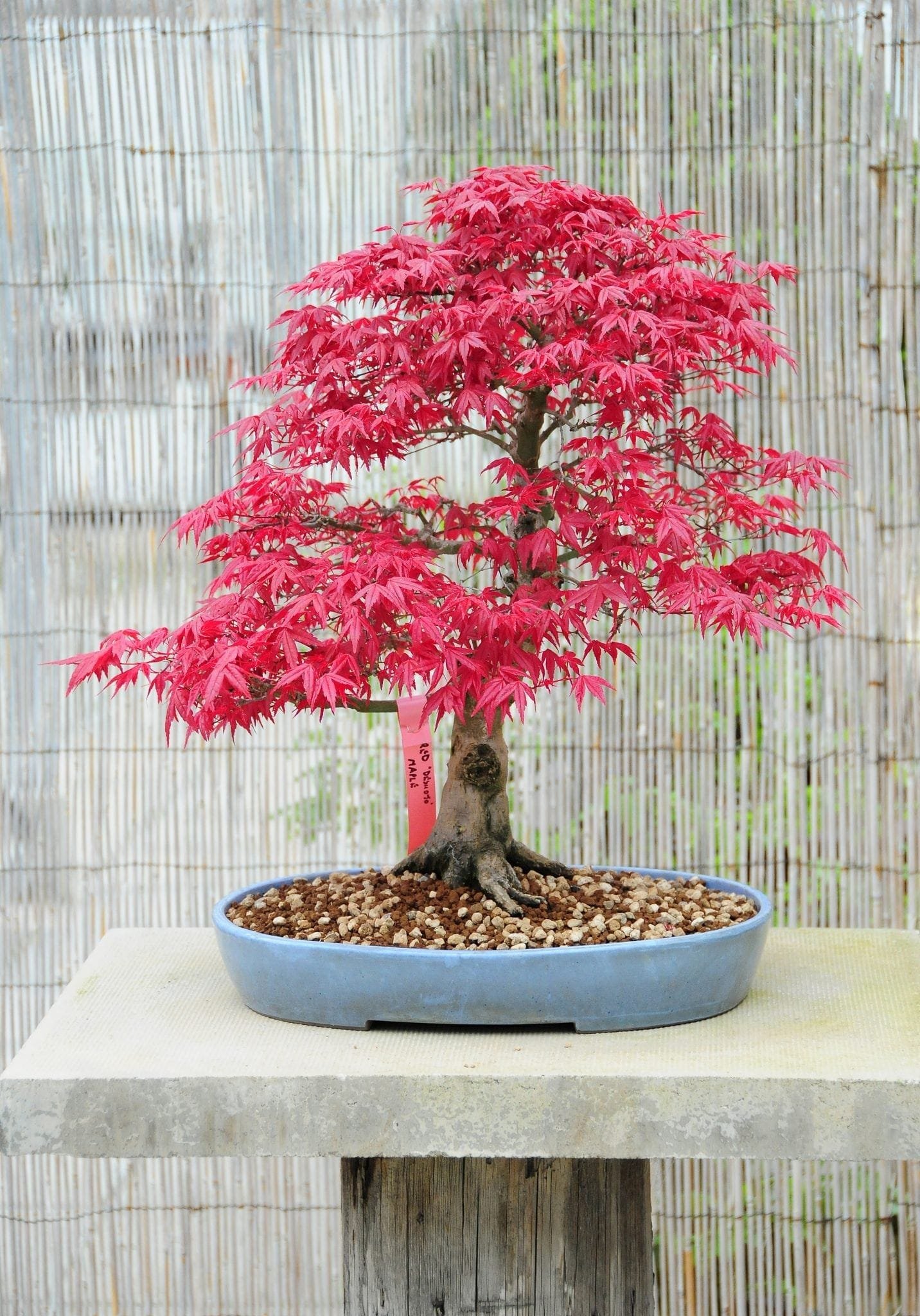Learn whether Japanese Maple trees are suitable for bonsai cultivation. Explore their unique characteristics, challenges, and considerations for caring for Japanese Maple bonsai. Discover if Japanese Maple is the right choice for your bonsai collection.
Are you interested in growing bonsai trees? In this article, we will explore whether Japanese maple trees are suitable for bonsai cultivation. You will learn about the unique characteristics of Japanese maple trees and how they can thrive in a bonsai setting. We will also discuss the challenges and considerations involved in caring for Japanese maple bonsai. So, if you’re curious about incorporating these beautiful trees into your bonsai collection, keep reading to find out if Japanese maple is a good choice for you.
Is Japanese Maple Good for Bonsai?
Bonsai trees are a fascinating art form that allows you to create miniature landscapes in your own home or garden. One tree that is commonly used for bonsai is the Japanese Maple (Acer palmatum). Known for its stunning foliage and graceful shape, the Japanese Maple is a favorite among bonsai enthusiasts. In this article, we will explore the characteristics of the Japanese Maple, its suitability for bonsai, and the benefits and considerations of using this tree for bonsai.
Characteristics of Japanese Maple
The Japanese Maple is a deciduous tree native to Japan, Korea, and China. It is known for its delicate, palmate leaves that change colors throughout the seasons, ranging from vibrant greens in the spring and summer to fiery reds and oranges in the fall. The tree typically grows to a height of around 20 feet but can be pruned and trained to remain much smaller for bonsai purposes.
The Japanese Maple also has an elegant, spreading branch structure that adds to its overall aesthetic appeal. Its bark is smooth and gray when young, gradually developing a beautiful texture and color as it matures. The combination of its striking foliage, graceful branches, and captivating bark make the Japanese Maple an excellent choice for bonsai.
Suitability for Bonsai
The Japanese Maple is highly suitable for bonsai due to its small leaves and compact size. The tree naturally has a slow-growing habit, which makes it easier to maintain and shape as a bonsai. Its ability to tolerate root pruning and withstand various bonsai techniques further enhances its suitability for this art form.
Another reason why the Japanese Maple is well-suited to bonsai is its adaptability to different climates. It can thrive in both temperate and subtropical regions, making it accessible to bonsai enthusiasts worldwide. Whether you live in a hot or cold climate, the Japanese Maple can be successfully grown as a bonsai with proper care.

Benefits of Using Japanese Maple for Bonsai
There are several benefits to using Japanese Maple for bonsai. Firstly, its stunning foliage and graceful branches make it a visually captivating choice. The vibrant colors of the leaves paired with the intricate branch structure create a miniature tree that is both breathtaking and calming to behold.
Furthermore, the Japanese Maple offers endless possibilities for artistic expression. Its unique leaf shapes, textures, and colors provide ample opportunities for creative pruning and shaping. Whether you prefer a formal upright style or a more informal cascading design, the Japanese Maple can be molded to suit your artistic vision.
Considerations for Growing Japanese Maple Bonsai
While the Japanese Maple is generally well-suited to bonsai, there are a few considerations to keep in mind when growing this tree. Firstly, Japanese Maples prefer partial shade or filtered sunlight. Placing them in direct sunlight for extended periods can result in leaf burn or scorching. It is crucial to provide them with a suitable environment that mimics their natural habitat.
Another consideration is water and humidity. Japanese Maples require consistent watering, ensuring that the soil remains moist but not overly saturated. Additionally, they benefit from higher humidity levels, especially during the growing season. Misting the leaves or placing the bonsai on a tray filled with water can help maintain adequate humidity levels.

Choosing the Right Japanese Maple Variety
When selecting a Japanese Maple for bonsai, it is essential to choose the right variety that suits your desired style and climate. There are numerous cultivars available, each with its own unique characteristics. Some popular Japanese Maple varieties for bonsai include the ‘Bloodgood,’ ‘Dissectum,’ ‘Atropurpureum,’ and ‘Shishigashira.’
Consider the leaf shape, size, color, and overall growth habit of the variety you choose. Additionally, take into account the climate in which you live. Some Japanese Maple varieties may thrive better in colder regions, while others are more suitable for warmer climates. Researching the different varieties and consulting with experienced bonsai growers can help you make an informed decision.
Pruning and Shaping Techniques for Japanese Maple Bonsai
Pruning and shaping are essential techniques in bonsai that help create and maintain the desired shape and style of the tree. When working with Japanese Maple bonsai, it is crucial to use sharp and clean tools to prevent any damage to the tree.
Regular pruning is necessary to maintain the bonsai’s shape and encourage new growth. This involves removing any unwanted branches or foliage and maintaining a balanced branch structure. Additionally, selective pruning can be done to enhance the aesthetic appeal of the tree, such as removing branches that disrupt the overall design or directing the growth in specific directions.
Wiring is another common technique used in bonsai, including Japanese Maple. Careful wiring allows for the shaping and positioning of branches, giving the tree its desired form. When wiring Japanese Maple, it is important to be gentle and avoid damaging the delicate branches. Regular monitoring of the wiring is essential to ensure it does not dig into the bark and cause injury.
:max_bytes(150000):strip_icc()/growing-japanese-maple-bonsai-5085314_02-d3f41f2a659e4d1ba5d1eb2b53978277.jpg)
Caring for Japanese Maple Bonsai
Proper care is crucial for the health and well-being of your Japanese Maple bonsai. Here are some key aspects to consider:
1. Watering: Japanese Maples require consistent watering. Be sure to water the tree thoroughly, allowing the water to penetrate the entire root system. Avoid overwatering or letting the tree sit in waterlogged soil.
2. Soil: Japanese Maples prefer well-draining soil. A mix of bonsai soil, such as akadama, pumice, and lava rock, provides the necessary drainage and aeration.
3. Fertilization: Regular fertilization is important to provide essential nutrients for the bonsai’s growth and development. Use a balanced liquid or granular fertilizer during the growing season and adjust the frequency according to the specific needs of your tree.
4. Repotting: Japanese Maples should be repotted every 2-3 years to refresh the soil and prevent root binding. Repotting is typically done in early spring before the buds start to swell.
5. Winter Care: In colder regions, protect your Japanese Maple bonsai from freezing temperatures. Place the bonsai in a sheltered location or use insulation materials to safeguard the roots from frost.
Protecting Japanese Maple Bonsai from Climate
Japanese Maples are generally hardy trees, but some varieties may be more sensitive to extreme temperatures or climate conditions. In cold winter months, it is crucial to protect your Japanese Maple bonsai from freezing temperatures. Insulating the pot or placing the bonsai in an unheated but frost-free location can help prevent damage to the roots.
In warmer climates, providing shade during peak summer months is essential to protect the tree from scorching or leaf burn. This can be achieved by placing the bonsai under a shade cloth or in a location with dappled sunlight. Additionally, ensuring adequate water and humidity levels will help the tree thrive in hotter conditions.

Common Issues and Troubleshooting for Japanese Maple Bonsai
While Japanese Maple bonsai is generally resilient, they can still face a few common issues. Here are some troubleshooting tips for addressing these problems:
1. Leaf scorch: If your Japanese Maple bonsai’s leaves are turning brown or exhibiting burnt edges, it may be due to excessive sun exposure or inadequate watering. Move the bonsai to a shadier location and adjust your watering routine.
2. Pests and diseases: Japanese Maples are generally resistant to pests and diseases but can occasionally be affected by aphids, scale insects, or fungal infections. Regularly inspect your bonsai for any signs of pests or diseases and take appropriate measures, such as using organic pesticides or treating with neem oil.
3. Root rot: Overwatering or poorly draining soil can lead to root rot in Japanese Maple bonsai. If you notice yellowing leaves, foul odor, or mushy roots, it is crucial to address the issue promptly. Adjust your watering routine and repot the tree using well-draining soil.
Conclusion
In conclusion, the Japanese Maple is an excellent choice for bonsai due to its stunning foliage, graceful branches, and adaptability to different climates. Its small leaves and slow-growing habit make it well-suited for bonsai techniques, allowing for artistic expression and creative pruning. By providing proper care, protection from extreme climates, and addressing any issues that may arise, you can enjoy the beauty of a Japanese Maple bonsai in your home or garden. Start your bonsai journey with a Japanese Maple, and watch as this majestic tree brings a touch of serenity and elegance to your surroundings.

Creativity in writing is becoming a scarcity.
Between the constant temptation to dance for the algorithm and the staggering advance of artificial intelligence, our world is spiraling into what I believe to be a creative crisis.
For us to remain an emotionally-aware race, while at the same time pushing humanity forward, we must cultivate and champion creativity both in ourselves and in the generations to come and write as we feel.
This is why I’m dedicating the next decade of my life to exploring the subject of creativity as both an artist and teacher.
I hope you enjoy my content
Best
James
My Bonsai Journey


